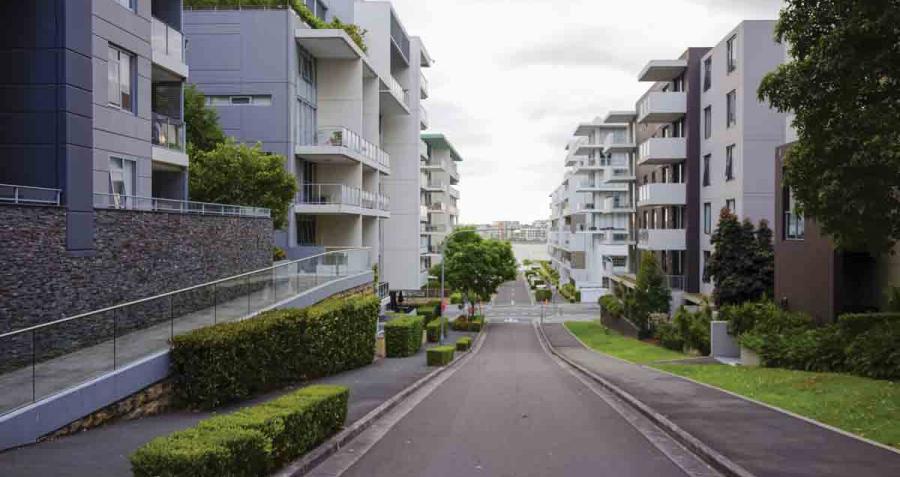The great Australian dream of home ownership could be finding a new lease on life in a medium-density residential development. We look at the pros and cons.
With the capacity to construct more than one dwelling on a typical block without the disruption high-rise developments bring, medium-density housing has a lot to offer growing cities. In Sydney, as well as in other cities and towns throughout the country, soaring real estate prices and steady population growth have forced planning authorities to look for more sustainable property solutions. Medium-density dwellings, which include townhouses, terraces and dual occupancies, are seen by many as the obvious answer.
Relieving the pressure of housing needs
Sydney's real estate market offers mostly traditional houses or apartments, and not much in between. To encourage what it calls “the missing middle”, the NSW local government hopes to approve more affordable solutions in the form of medium-density housing. This will boost Sydney's chances of supplying the 725,000 new homes it will need over the next 20 years to keep pace with demand. To improve the design quality of medium-density housing projects, the NSW Government is developing guidelines for medium-density housing that cover everything from ceiling heights to ventilation.
Green-leaning, less congestion
Energy efficiency is a major focus of the draft rules released by the government last year. Guidelines recommend passive solar design that relies on the dwelling's orientation, the size and location of windows and insulation, along with solar hot water, photovoltaics and battery storage. These measures for efficient use of energy will reduce utility costs and improve amenities for residents, according to the draft report.
A reduction in congestion is another significant by-product of more medium-density housing. Every year traffic congestion costs the national economy $16.5 billion in lost productivity. Sydney accounts for the largest portion of that cost at $6.1 billion, according to the Department of Infrastructure and Regional Development.
Density concerns
Despite the potential benefits, there are also growing community concerns about medium-density housing. Avoiding poor design and a lack of infrastructure around medium-density developments is crucial, says architect Philip Graus, co-chair of the Planning Institute of Australia's Urban Design Chapter.
“Critically, medium-density housing must not be seen as a way of saving money but as being more sustainable socially and environmentally in the medium and long term,” he explains. “For example, don't zone for higher densities beyond sustainable transport capacity.”
Medium-density housing must not be seen as a way of saving money but as being more sustainable socially and environmentally in the medium and long term.
Graus also says that district and local plans must allocate more public open space where densification is planned. “Plan and allocate schools in growing areas, near transport, especially high schools,” he says. “This is lacking in many of the new plans. [We need to] improve design quality – not just aesthetics, but scale – and address affordable housing.”
In a submission to the government, the Planning Institute of Australia warned of a “substantial risk of poor design outcomes and higher intensity development occurring in areas with low accessibility”. This could result in “community backlash and the opportunity to increase the diversity of housing types could be set back for many years,” the institute's paper advised. To take specific needs into account, the institute recommended medium-density compliance codes based on locations as well as providing customised codes.
So while the jury is still out, there is a sense that medium-density housing promises to help the economy by addressing housing affordability, congestion and sustainability. The NSW government is currently considering community feedback on its draft design rules. Rules that could underpin the significant reshaping of our suburban landscape.




